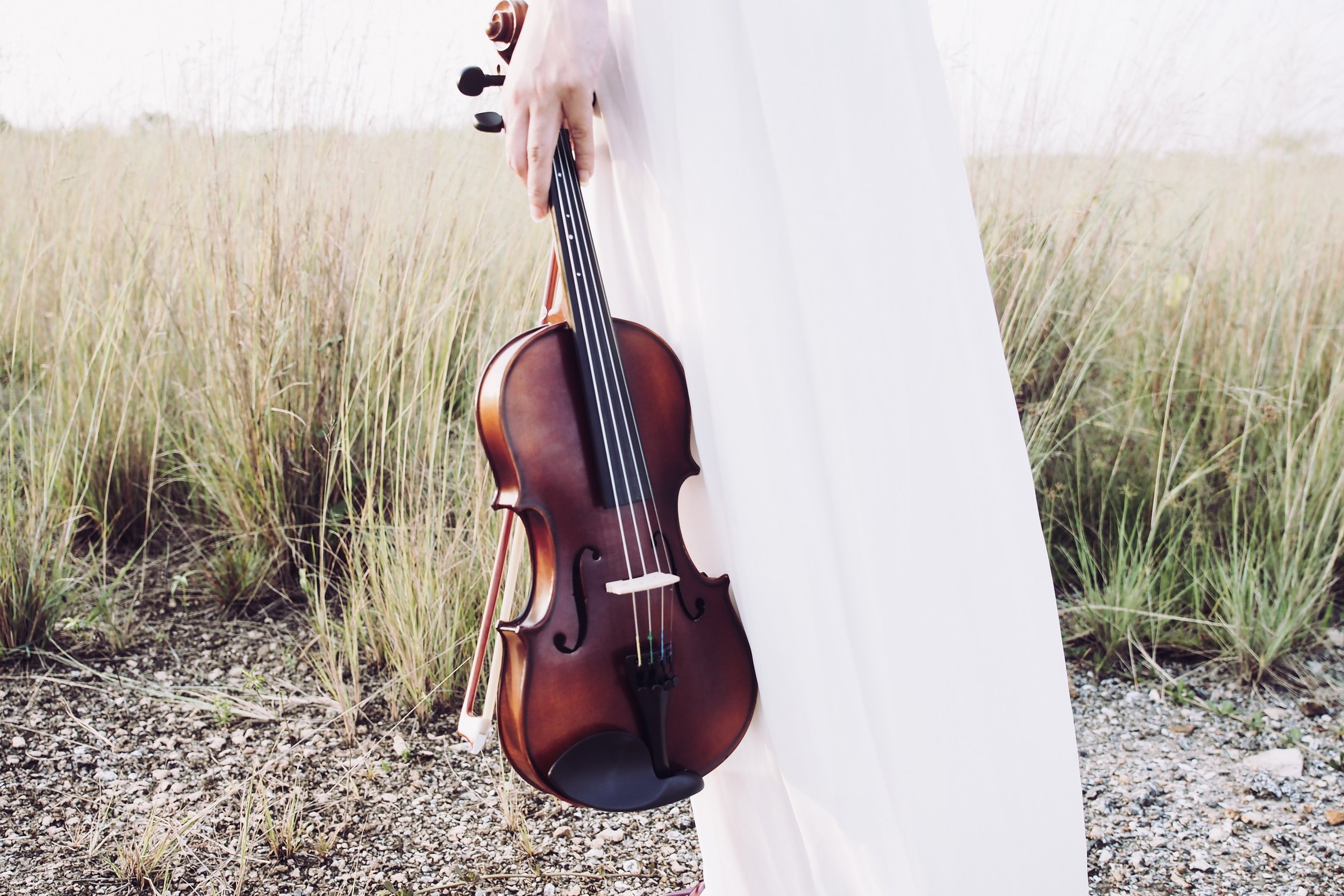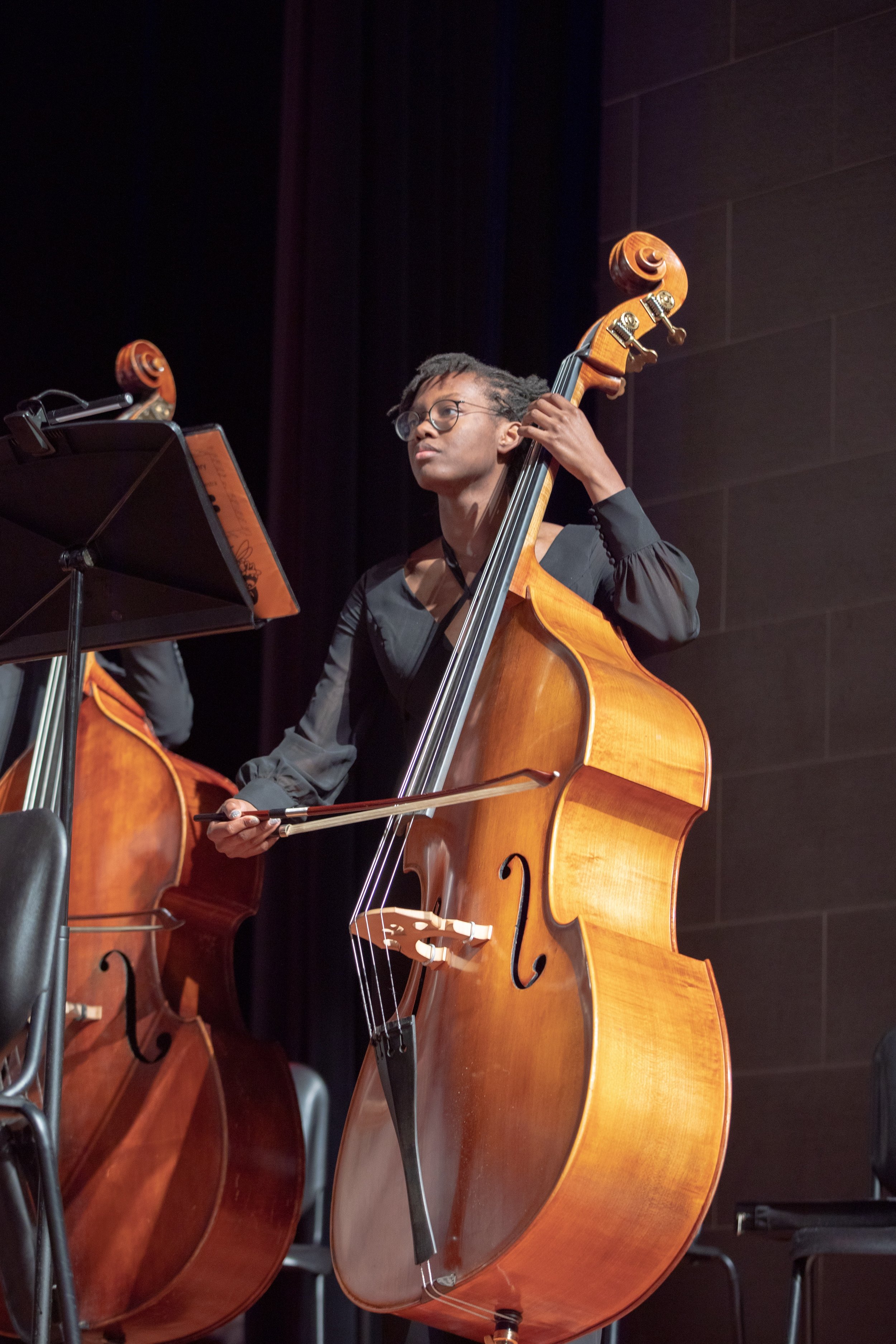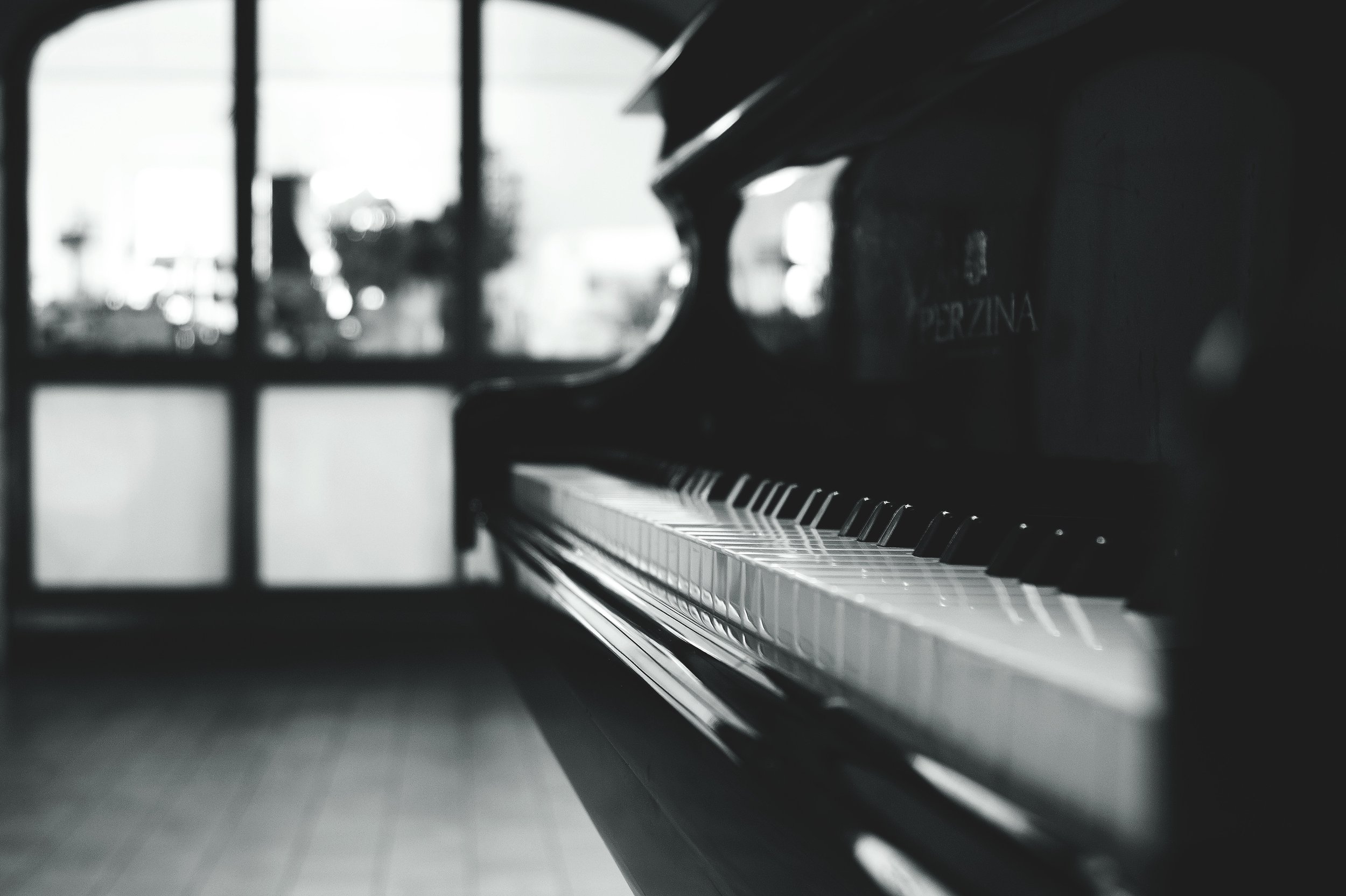What Makes Tango a Tango?
The Argentine tango came all the way from Argentina and Uruguay, traveled to its neighboring countries, and eventually spread to the entire world. Now, it’s one of the world’s most famous dances and music!
Tango music and dance go together like two closely related parts of a whole.
Some know just the former — others just the latter. However, all have been fascinated by this Argentine culture.
If you’re new to the tango scene, it’s natural to wonder what makes tango a tango.
Just like you wonder what makes pop music different from jazz or what separates hip-hop from ballet, it’s perfectly normal to feel curious and confused about tango. In this article, let’s get to know Argentine tango and understand what makes it a tango.
Tango Dance
Let’s start with tango as a dance. For some,
identifying tango as a dance is easier and more possible than music.
When an enthusiast finds a couple in a close embrace on the dancefloor, it’s probably tango. When they create cat-like movements and display a unique balance of sensual, athletic, and artful, it’s definitely tango!
The history of tango dance goes back to the 18th century.
It originates from the streets of Buenos Aires in Argentina and Montevideo in Uruguay, seeing European immigrants as its creators.
The roots of Argentine tango lie in Cuban habanera, African candombe, waltz, polka, and other traditional dances.
It was the favorite of former slaves and working and lower classes, bringing nostalgia and melancholy.
Tango felt like home to those who were far from home.
Unsurprisingly, the dance quickly rose in popularity. Along with popularity, it has also become the target of criticism. It was denounced as degenerate and immoral, leading to its ban from public spaces. The dance thrived in a close embrace, which alarmed some opponents. However, because art is unstoppable, Argentine tango emerged with all its beauty and glory.
Tango eventually reached South America, Europe, North America, and the rest of the world. More people loved and learned about it, mastering the tango basics, such as the embrace, walk or “caminar,” figure eight or “ocho,” and half moon or “media luna.” As said by Elite Dance Studio in “The History of the Argentine Tango”:
The focus of the Argentine Tango is to match the speed and emotion of the music while improvising the steps.
The Argentine Tango is danced by two people in an embrace that can vary from being open (the leader and follower dance at arm’s length) or closed (the dancers touch chest-to-chest).
The follower alternates their weight from foot to foot, never resting weight on both at the same time. The follower is led to alternate feet by the leader, who steps outside the follower’s legs.
It’s common knowledge that tango requires talent, skill, and practice.
Moreover, it’s a very challenging dance that needs a combination of passion, dedication, and creativity. Whenever you watch a tango couple dance, you always know they’re up to a great deal.
Knowing It’s a Dance Floor for Tango
Even without having someone to tell you it’s tango, you’ll know it when you see a close hold.
There’s a low center of gravity, emphasis on Contra Body movement, and every move is stealthy. Tango dance is dramatic, sensuous, and passionate! As said by Christine Denniston in “Couple Dancing and the Beginning of Tango”:
Although it seems now to be the only possible hold for couple dancing, tango is only the third dance in history done with the man and woman facing each other, with the man holding the woman’s right hand in his left, and with his right arm around her.
It’s tango when you can feel the desire in both the leader — usually the man — and the follower — usually the woman.
Besides the cat-like movements, tango dance also becomes unique because of the codes in a milonga.
A milonga is a social gathering where people dance the Argentine tango.
When you find yourself in one, you can observe how the people follow unspoken rules that set the atmosphere. From the cabeceo — the eye contact and nod of the head when inviting someone to dance — to the exit from the dance floor, it’s clear that Argentine tango has a culture of its own.
The responsibilities of the leaders and followers during the dance also make tango a tango.
It’s the leader who sets the pace and energy of the dance. He leads his follower in a series of steps and embellishments that give the dance its unique character. On the other hand, the follower follows these steps and adds her own accent or ornamentation. Together, they create a beautiful tango that leaves the audience mesmerized.
So Tango concluded in “What Makes Tango Unique?”:
…what makes tango unique as a dance form is its embrace and use of improvisation.
I would also add as another essential element – the music used for the dance. It may be a truism but
Argentine Tango is the only dance that is actually danced to Argentine Tango music.
That in itself makes the dance unique.
Non-tango Music in Alternative Milongas
Because tango has gone through many changes, the world has also witnessed the birth of alternative milongas. As defined by Tango Voice in “The Alternative Milonga (Neolonga): The Social Environment for Dancing to Tango Alternative Music”:
An Alternative Milonga (Neolonga) is a tango social dance event where neotango, nuevo tango, modern tango and perhaps [non-tango] music is played for dancing tango.
This may be in addition to or instead of Classic Tango music. This contrasts with the Traditional Milonga, where only Classic Tango music is played for dancing tango.
Contrary to what So Tango said earlier, some people believe Argentine Tango is also danced to non-tango music. If it’s not traditional tango music, it could be:
Nuevo Tango
Modern Tango: Music by tango orchestras recorded after 1960
Nuevo Tango: Music by Astor Piazzolla and his followers, which typically lacks a constant tempo dancing tango
Tango Extranjero: Music from non-Argentine cultures with a tango rhythm but different instrumentation
Tango Fusion: Music with some characteristics of tango and other musical genres
Electrotango: Music that incorporates tango instrumentation into electronic dance music
Non-tango: Music that lacks the rhythm or instrumentation of tango music used to elicit movements characteristic of dancing tango
Neotango: The combined categories of Tango Fusion, Electrotango, and non-tango music
The concept has been controversial, sending the tango community into debates. Supporters think that dancers readily accept alternative tango music more than traditional. On the other hand, traditionalists believe it’s not tango if it’s not danced to tango music. Some focus on the cultural aspect, while others are more open to musical innovations. The arguments then lead us to another important question — what makes tango music tango music?
Tango Music
Tango music is an integral part of tango dance.
European immigrants in Argentina and Uruguay combined European salon music and dance traditions they came across in the Western Hemisphere in the 18th century.
The experiment created tango, which became the “music of the immigrants.” It also reached Cuba and Spain, but Buenos Aires and Montevideo are considered the main epicenters of Argentine Tango.
The tango music scene has seen:
Rosendo Mendizábal: The first tango musician of note
Vicente Greco: One the earliest tango bandleaders
Carlos Gardel: The biggest star in tango music
During the golden age, which began after Gardel’s untimely death in 1935, major bandleaders from the United States took notice of the music and incorporated it into their own repertoire. At the same time, a schism developed, putting bandleader Juan d’Arienzo into the limelight.
Tango music brought us Rodolfo Biagi, Osvaldo Fresedo, Carlos di Sarli, Aníbal Troilo, and more tango musicians. When Astor Piazzolla — a tango evolutionist — joined the scene, Argentine Tango began its journey through a series of changes.
Piazzolla created tango nuevo or “new tango,” which further stamped tango music in American culture.
Now, as said by MasterClass in “Guide to Tango Music: A Brief History of Argentine Tango,” about tango’s legacy: “Over the decades, many other tango musicians have risen to prominence, including Ángel Villoldo, Osvaldo Pugliese, Roberto Firpo, Francisco Canaro, Julio de Caro, Lucio Demare, and Miguel Caló.”
Traditional tango music has seven instruments, namely:
Double bass
Guitar
Bandoneon
Violin
Flute and clarinet
Piano
Vocals
Some of the most popular tango music include Gardel’s Mi Noche Triste and Piazzolla’s Adiós nonino, Lino Galeano’s El queco, and Gabriel Diez’s El Porteñito.
It often talks about love and loss and the day-to-day lives of the Argentine people.
The genre has changed through the years, and enthusiasts have argued about what constitutes Argentine tango. No matter the definition, as said by WORLD MUSIC NETWORK in “The Music of Argentina: Tango”:
Forget the ballroom image,
tango is a real roots music: always sensuous, rhythmic and passionate, the vertical expression of a horizontal desire…
Today, the tango scene is a pretty broad one. The big tango orchestras, however, are a thing of the past. Bands have returned to the intimate ensembles, like Sexteto Mayór. Singers are successfully renovating and re-creating tango.
Tango is enjoying an upsurge of popularity in Argentina and other parts of the world where couple dancing seems back in fashion.
What Makes Tango Music
Whether we think it’s acceptable to dance tango in non-tango music or not, we can’t change the fact that the two are intertwined.
Argentine tango is both music and dance, and knowing tango music is vital to understand Argentine tango as a whole.
Basically, tango music is composed in time signatures of 4/4 and 2/4. According to Dance Facts in “Tango Music – History and Characteristics of Tango Music”:
The rhythm of the modern tango holds the 2/4 or 4/4 beats per measure with two upbeats and two downbeats, with frequent use of accented notes, nostalgic lyrics, sudden changes in dynamics, use of slides (glissandi), often use of staccato (march-like phrases), intense but melancholic mood and freedom for improvisation that is fueled by its old jazz origins. It is very rare to find tango music that consists only of beats. Traditionally, the more “romantic” or “sensual” the tango song is, the musical ensemble will prioritize melody over the underlying beat and rhythm.
Argentine tango typically consists of the following:
Five sections
Four phrases per section
Four measures per phrase
Four beats per measure in 4/4 time
It also has an angular, staccato rhythmic emphasis and, sometimes, Spanish-language lyrics. Dancers focus on the rhythm, melody, and phrases, which guide them in their improvisations. It’s also inevitable to hear hints of musical styles, including flamenco, polka, mazurika, and hanabera. Overall, listeners can feel how expressive the Argentine tango can be.
You know it’s tango music if it makes you feel all the emotions tango can evoke.
It’s a unique kind of vibrant and melancholic music, driving dancers to move with passion and intensity.
When it plays, it fills the room with its distinct, soulful Argentine sound. Argentine tango is a traditional music genre and an essential part of Argentine cultural heritage.
Knowing Tango With All You Are
When Argentine tango music plays, its flirtatious rhythms and delicate nuances take your breath away. When you let it in, Argentine tango will open up a whole universe of possibilities. You’ll discover its complexities and appreciate its beauty with all the emotion, and intensity Argentine tango can offer. In “From Argentina to the world, the tango,” Kacey Link and Kristin Wendland beautifully said:
Although people are fascinated with tango as an exotic and sensual dance, in truth,
tango is a multidimensional popular art form — encompassing dance, music and poetry — that has had a rich heritage spanning over a century.
It might take a lifetime for you to completely know the Argentine tango. Sometimes, it’ll feel like a tango dance is a tango dance because of the stealthy steps, and tango music is tango music because of the guitar, violin, and bandoneón. Then you realize — what really makes tango a tango is the soul in it.
Argentine tango moves you, whether it’s dance or music.
In time, you’ll know it with all your heart, mind, and body!









